Selected Publications
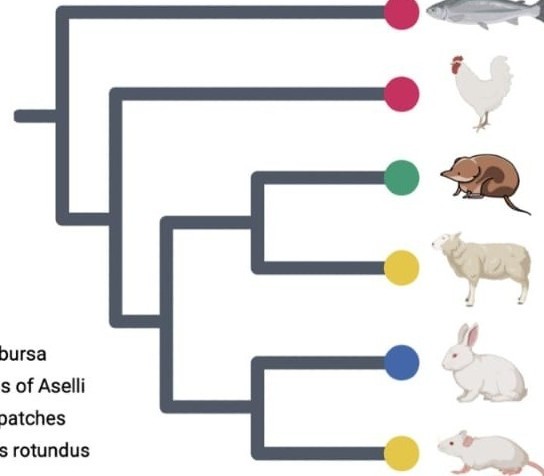
First look at molecular pathways in the Aselli pancreas, suggesting a key role in immune cell differentiation during brain‑plasticity cycles.
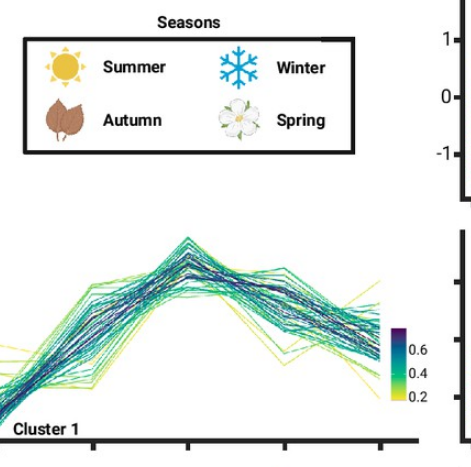
Shrews shrink their brains to survive winter... and their hypothalamus helps pull it off! This study reveals seasonal gene shifts tied to energy balance, brain remodeling, and even some genes linked to human neurological disorders.
Captivity alters behaviour but not seasonal brain size change in semi-naturally housed shrews (2025)
Captive shrews still shrink their brains seasonally... but their behavior tells a different story! Despite semi-natural captive conditions, they showed signs of chronic stress, with higher activity and lower motivation to learn, compared to wild ones. It shows how captivity can quietly reshape research outcomes.
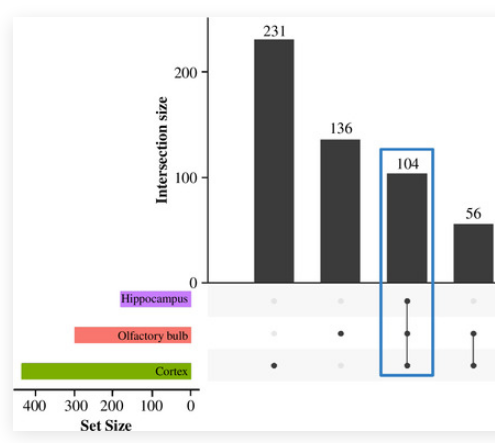
Gene expression comparisons between captive and wild shrew brains reveal captivity effects (2025)
Captivity alters how shrew brains work at the molecular level: hundreds of genes changed expression after just two months! These shifts echo patterns seen in human disorders like depression and neurodegeneration, raising caution for interpreting data from captive animals.
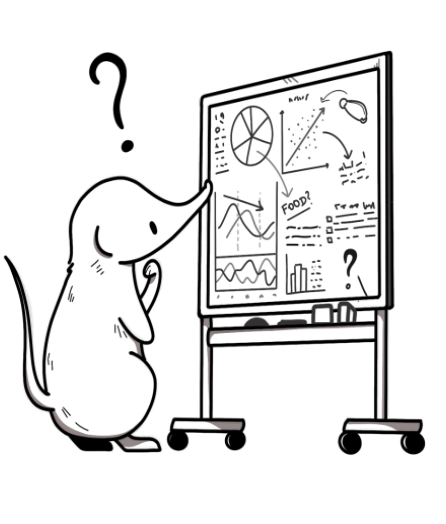
In my dissertation, I explore how seasonal brain plasticity affects learning and physiology in the common shrew (*Sorex araneus*)

The common shrew is one of the few mammals that shrinks and regrows its brain... and now it has its own detailed brain atlas! This openly available resource combines histology, MRI, and gene expression to unlock the shrew brain.
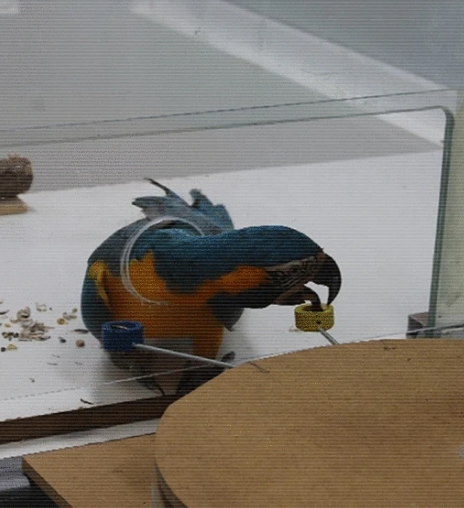
This study compared self‑control across four parrot species using a delayed‑gratification task. Findings highlight how feeding ecology and social structure may shape impulse control.